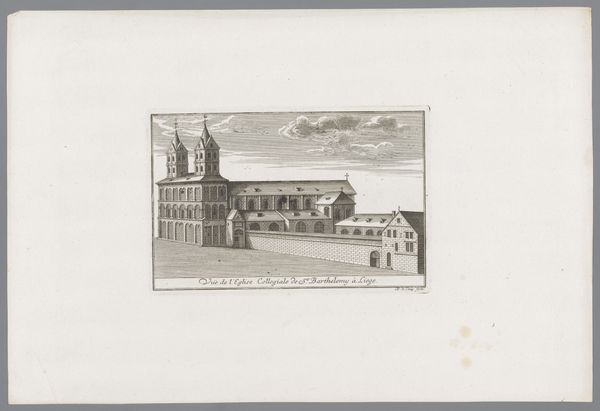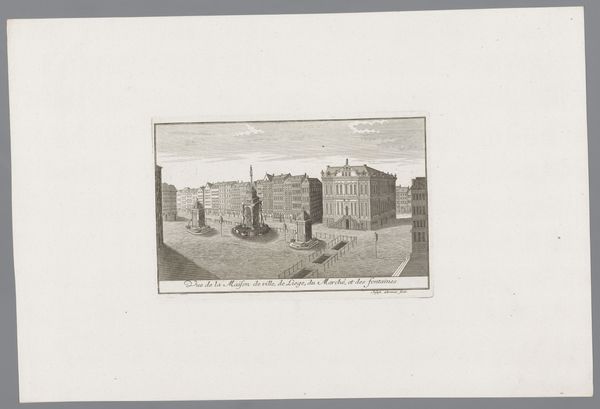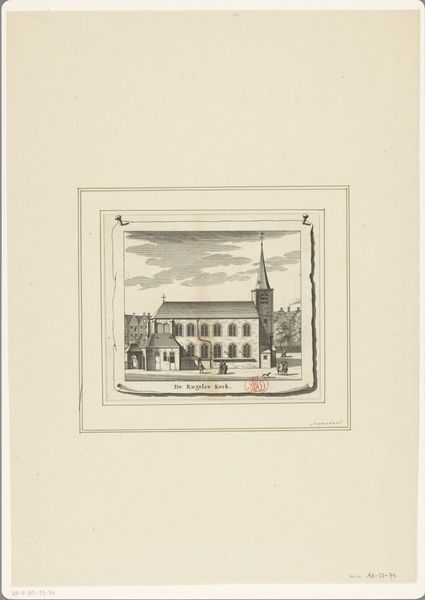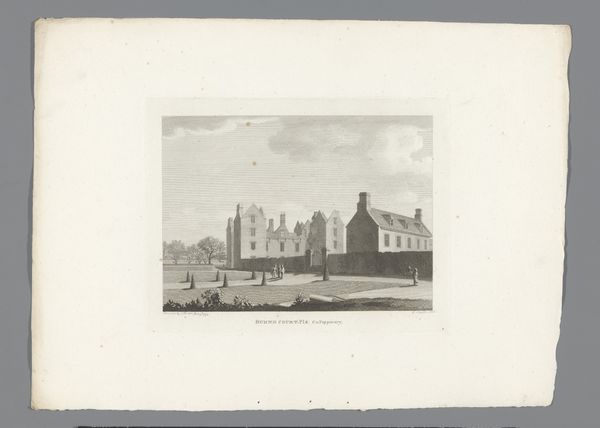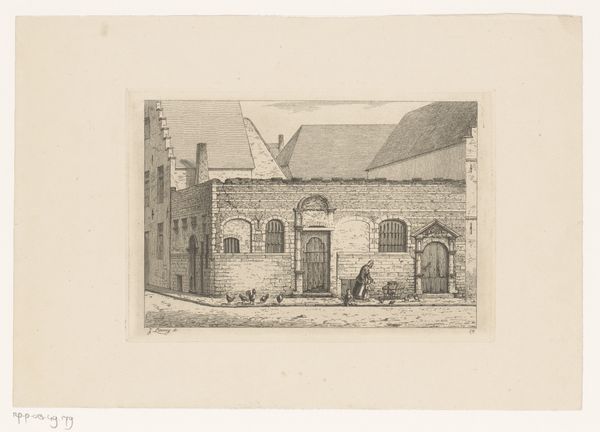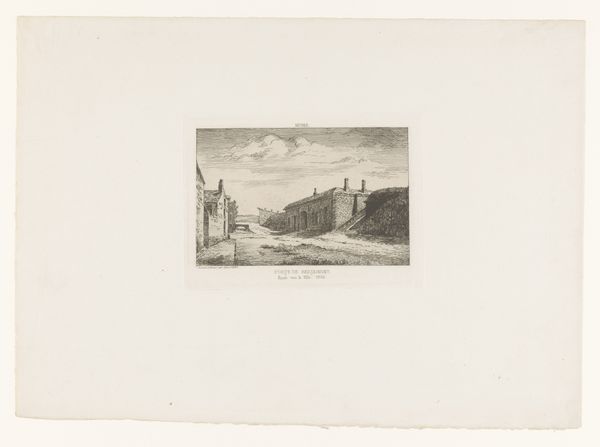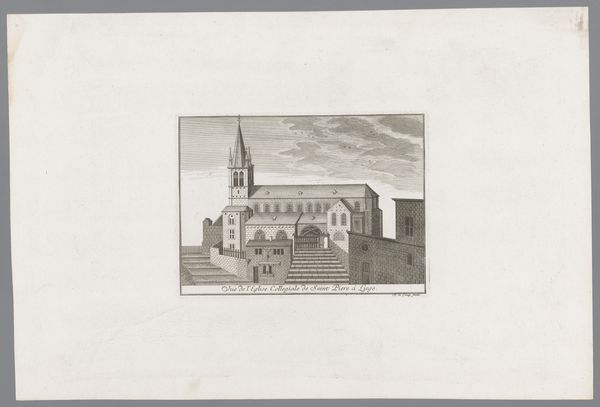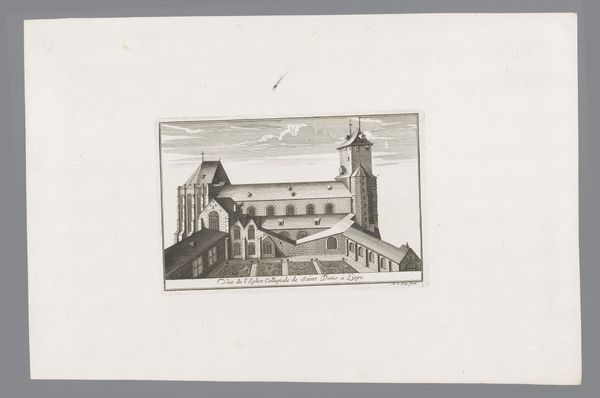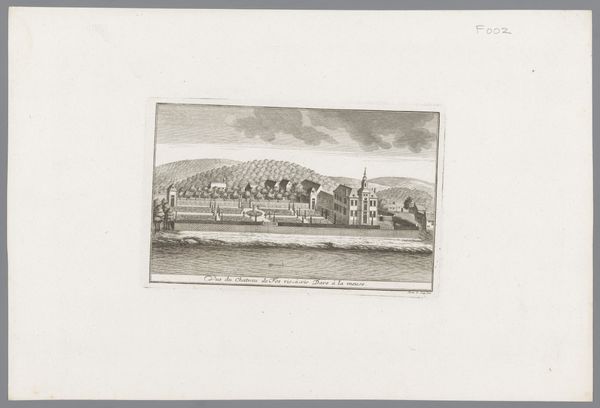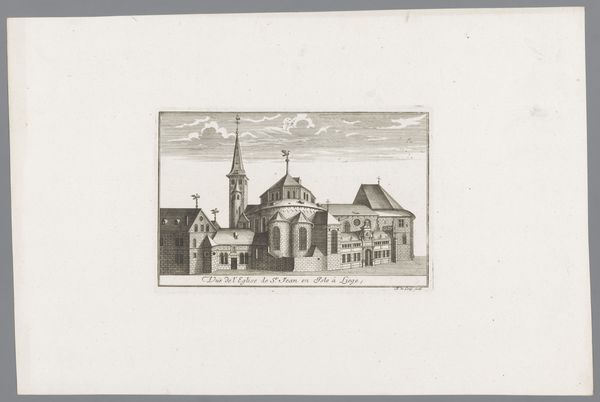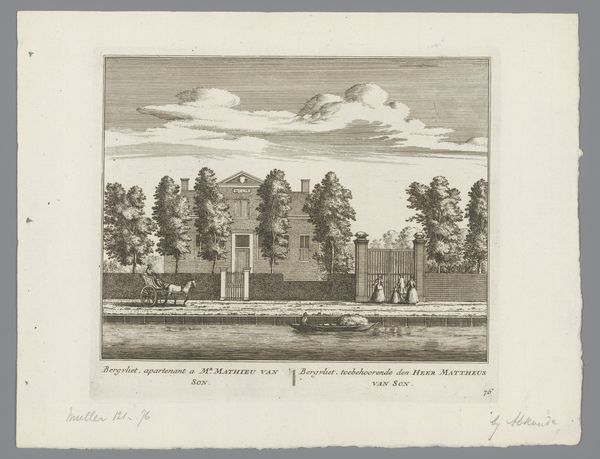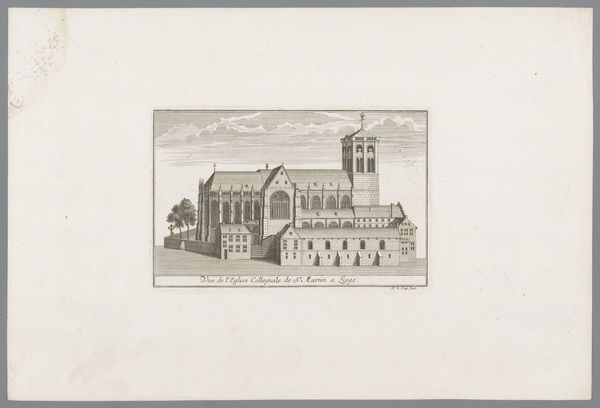
print, engraving
#
baroque
# print
#
landscape
#
cityscape
#
engraving
Dimensions: height 151 mm, width 234 mm
Copyright: Rijks Museum: Open Domain
Curator: What strikes me is how barren this cityscape feels. I wonder what it was like to live there. Editor: Well, let's dive into this print, shall we? What we're looking at is "View of the Abbey of Saint-Gilles near Liège," dating from between 1738 and 1744. It's an engraving. You get a real sense of place. Curator: Yes, and I'm drawn to how the rigid architecture represents established societal constructs while smoke emanates, indicating production. These observations are deeply entwined with post-industrial societal concerns and capitalist critiques, which influence contemporary approaches to cultural preservation and its political ramifications. Editor: Huh. See, what grabs me is the light, you know? How it hits the buildings, especially the abbey itself. It’s so precisely rendered! I can almost smell the damp stone and… coal smoke, apparently! It kinda makes me feel like I'm peering through time, which is just a delicious feeling. Curator: What's fascinating is that this type of cityscape often ignores class struggles, colonial undertones, and gender disparities in baroque depictions. When assessing cultural output through such biased frames, do we actually get anything "real"? Editor: Oof, heavy stuff! But I can't deny the precision of line, the way the engraver uses the burin, almost mathematically describing what they saw! Look closely, and you'll notice how they suggested depth through meticulous variations in hatching, conjuring gradations that make the cobblestone square actually receede away from you. Curator: Absolutely! In dissecting visual culture from that period, it's impossible not to acknowledge the influence of patronage networks in producing highly aesthetic but not wholly comprehensive images and what that ultimately reveals about who has the privilege to shape narrative. Editor: Wow, those words really change the way you might look at what feels so precise and, well, innocent, really! Curator: To consider that the apparent neutrality hides profound ideological frameworks embedded inside cultural, financial and aesthetic biases forces you to confront historical narrativity. Editor: You’ve given me much to think about! Makes you wonder what secrets that square holds and who history actually gets written by. Curator: Indeed! It speaks to who gets amplified and how power influences legacy.
Comments
No comments
Be the first to comment and join the conversation on the ultimate creative platform.
